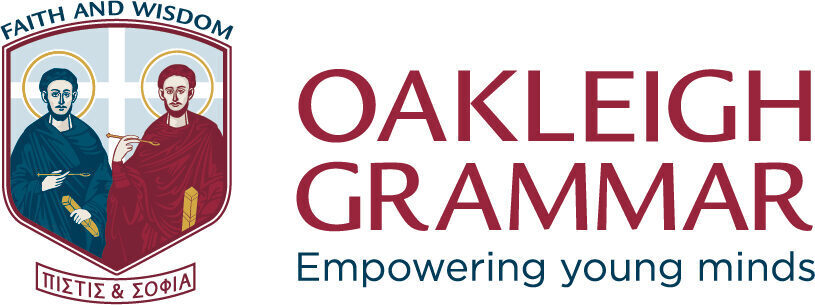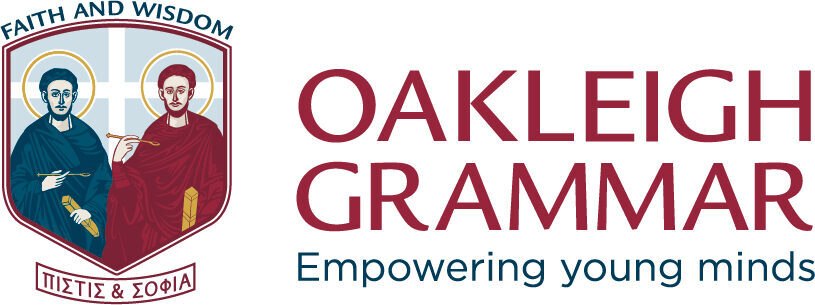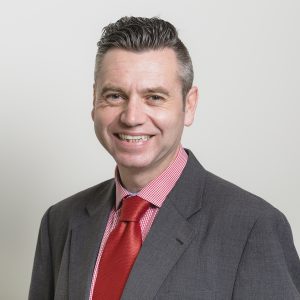Oakleigh Grammar’s Arrowsmith Program is a comprehensive, multi-year cognitive training initiative for elementary and secondary students. This full-day program focuses on strengthening cognitive skills through targeted brain exercises, addressing learning challenges like dyslexia, dyscalculia, dysgraphia, and difficulties with auditory, visual, and non-verbal processing, and attention.
A Cognitive Enhancing Program
Oakleigh Grammar’s Arrowsmith Assessment looks at different parts of a student’s brain to understand their strengths and weaknesses in detail. After the assessment, we create a report that acts as a personalised guide for the student. This report shows what the student does well and where they might need help, and it suggests specific programs to improve the brain areas that are key for learning and succeeding in school and life.
Once the assessment is finished, we arrange a meeting with the student and/or their family to go over the results and discuss the student’s learning profile. It’s important to know that Arrowsmith Programs are based on how the brain can change and grow over time, aiming for real, lasting improvements, not just temporary solutions or adjustments.
Our framework for success
- Detailed assessment and identification of 19 learning dysfunctions
- Specialised exercises and computerised programs
- Clearly defined and individualised goals
- A positive, supportive and structured learning environment
- Building self-esteem by developing competence
- Low student-to-teacher ratio
Arrowsmith’s Brain Exercises
- Symbol Relations: Understanding how different concepts are connected.
- Motor Symbol Sequencing: Learning and improving the written order of symbols or words.
- Memory for Information or Instruction: Remembering chunks of spoken information.
- Predicative Speech: Seeing how words and numbers fit together to form clear sentences and processes.
- Broca’s Speech Pronunciation: Learning to pronounce syllables and combine them into words.
- Symbolic Thinking: Using language to develop and follow plans and strategies.
- Symbol Recognition: Visualising, recognising, and recalling words or symbols.
- Lexical Memory: Remembering lists of unrelated words, like a shopping list.
- Non-Verbal Thinking: Understanding facial expressions and body language.
- Object Recognition: Identifying and recalling details of visual objects.
- Quantification Sense: Performing mental calculations and operations, like mental math.
- Auditory Speech Discrimination: Differentiating between similar-sounding speech sounds.

Who Will Benefit From This Program?
The Arrowsmith Program uses the science of neuroplasticity, which means the brain can rewire itself and get stronger. Think of the program as a workout for the brain—it helps students improve their ability to learn and process information more efficiently. Studies show that by strengthening key areas of the brain, it becomes easier for students to understand, remember, and apply what they learn.
The Arrowsmith Program is designed for students of all ages and learning backgrounds. Whether they’re struggling with dyslexia, dyscalculia, dysgraphia, or other challenges, this program can help. Each student’s brain has its own unique strengths and weaknesses, and the program is based on a careful assessment to identify specific learning difficulties.
Our goal is to help students build on their strengths and improve the areas where they’re struggling through targeted brain exercises. We aim to support each student in becoming their best self, no matter where they are in their educational journey.
Prospective parents and students are encouraged to complete the checklist to determine the program’s suitability and then contact our Admissions Coordinator at (03) 8554 0014 or email Admissions@oakleighgrammar.vic.edu.au, who will be pleased to answer your questions, and if appropriate, can arrange an assessment for you and your child.
Please note the Arrowsmith Program is not designed for individuals with developmental or intellectual delays, autism, brain injury or illness, or psychiatric or psychological disorders.
Can These Brain Exercises Benefit Your Child?
Students in the Arrowsmith Program are typically average or above intelligence but are experiencing problems in school, which may include difficulties with reading, writing, mathematics, remembering understanding, or attentional issues. Each student is unique in his or her combination of problem areas, and our exercise program is individually designed for each student.
Each student enrolled in the Arrowsmith Program is assessed at the end of each year to evaluate progress, and the student’s program is modified as needed for the subsequent year.
The goal of the Arrowsmith Program is to help students capitalise on their improvements and eventually reintegrate them into a full academic program at a public or private school at their appropriate grade level following the completion of a three to four-year program of Arrowsmith cognitive exercises.
Ready to make a positive change for your child?
Enrol at Oakleigh Grammar and discover how our Arrowsmith Program can provide the essential dysgraphia support your child needs to thrive. Contact us today to learn more about how we can help your child achieve their academic and personal goals.





